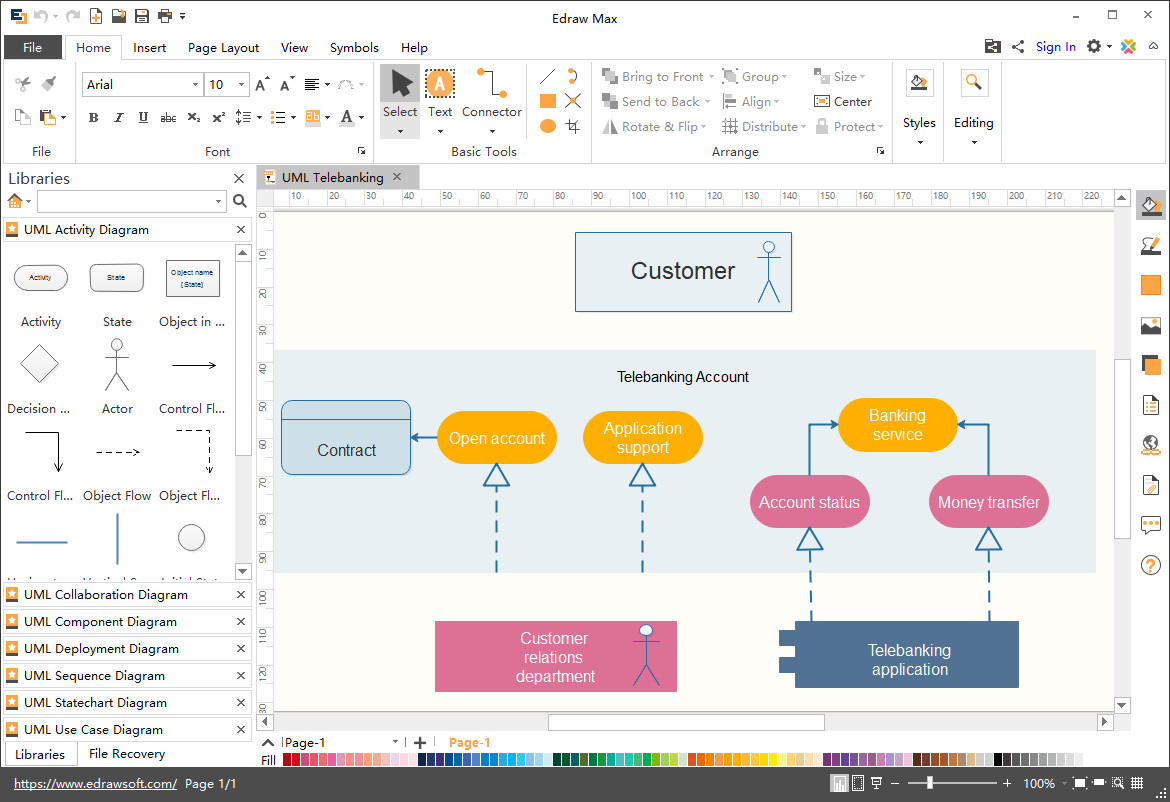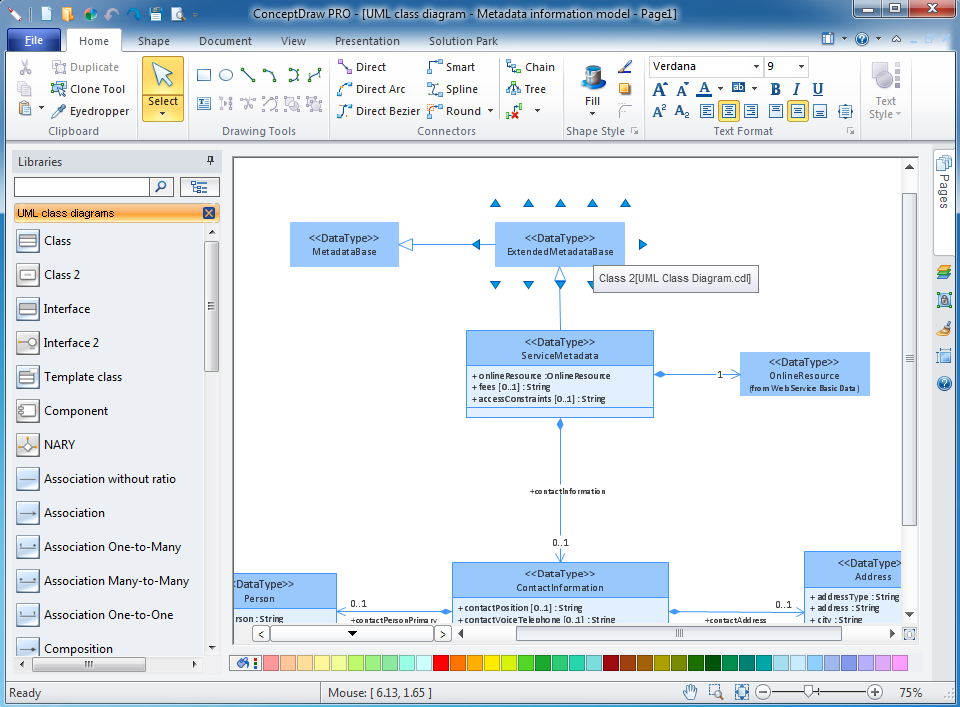
- HOW TO DRAW UML DIAGRAMS WITH VIOLET UML EDITOR SOFTWARE
- HOW TO DRAW UML DIAGRAMS WITH VIOLET UML EDITOR SERIES


Development started in 2005 and while the original project is archived, this fork is still continuing the work.
HOW TO DRAW UML DIAGRAMS WITH VIOLET UML EDITOR SERIES
MxGraph uses no third-party software, it requires no plugins and can be integrated into virtually any framework. The mxGraph package contains a client software, written in JavaScript, and a series of backends for various languages.

HOW TO DRAW UML DIAGRAMS WITH VIOLET UML EDITOR SOFTWARE
The client software is a graph component with an optional application wrapper that is integrated into an existing web interface. The client requires a web server to deliver the required files to the client or can be run from the local filesystem without a web server. The backends may be used as is, or they may be embedded into an existing server application in one of the supported languages. GoJS is a feature-rich JavaScript/Typescript library for implementing interactive diagrams across modern browsers and platforms. GoJS makes constructing diagrams of complex Nodes, Links, and Groups easy with customizable templates and layouts. GoJS offers many advanced features for user interactivity such as drag-and-drop, copy-and-paste, transactional state and undo management, palettes, overviews, data-bound models, event handlers, and an extensible tool system for custom operations. They provide over 150 interactive samples to help you get started with diagrams such as BPMN, flowchart, state chart, visual trees, Sankey, and data flow. The API is very well documented to make sure you can start using in no time. We covered extensively GoJS in this post.Ī HTML5/javascript library for UML2 diagramming. Its main objective is to provide web developers an easy way to visualize and edit UML models in their our own websites, without other external dependencies and fully executable on the client-side via the browser, unlike other tools in this list. The jsUML2 library provides an API to allow web developers to include editable diagrams in their own websites using the HTML5 technologies supported by the newest web browsers, as well as by current mobile devices. It offers a broad range of interesting features for UML-specific models.

Additionally, when presented with a clean diagram, the participants tend to see what is missing rather than needing to wait for it to be discovered later, and block execution.Ī story should be a single feature. This way, everyone's input can be captured and agreement made while they are still discussing it. The simplicity of shared creating/editing diagrams provided by this tool, means it is now possible to create a sequence diagram during the planning meeting, rather than set it aside as a separate task in itself. The clean separation provided by the diagram actors immediately helps decompose the story in tasks and increase visibility. So, I am pushing the use of sequence diagrams as the single graphic needed to capture and think about an agile story. UML diagrams are a powerful way to encapsulate and communicate information. We need a more rigorous way to communicate the details in our projects. Everyone thinks they understand what everyone else is saying. It's what you know, that just ain't so.Ī trite way of saying assumptions will break you, and when it comes to projects and communication, assumptions are rife. WARNING: this is still in development, so some parts are unfinished, eg: help. Generate UML diagrams from text, including: Sequence, Activity, Class, State, Component.


 0 kommentar(er)
0 kommentar(er)
